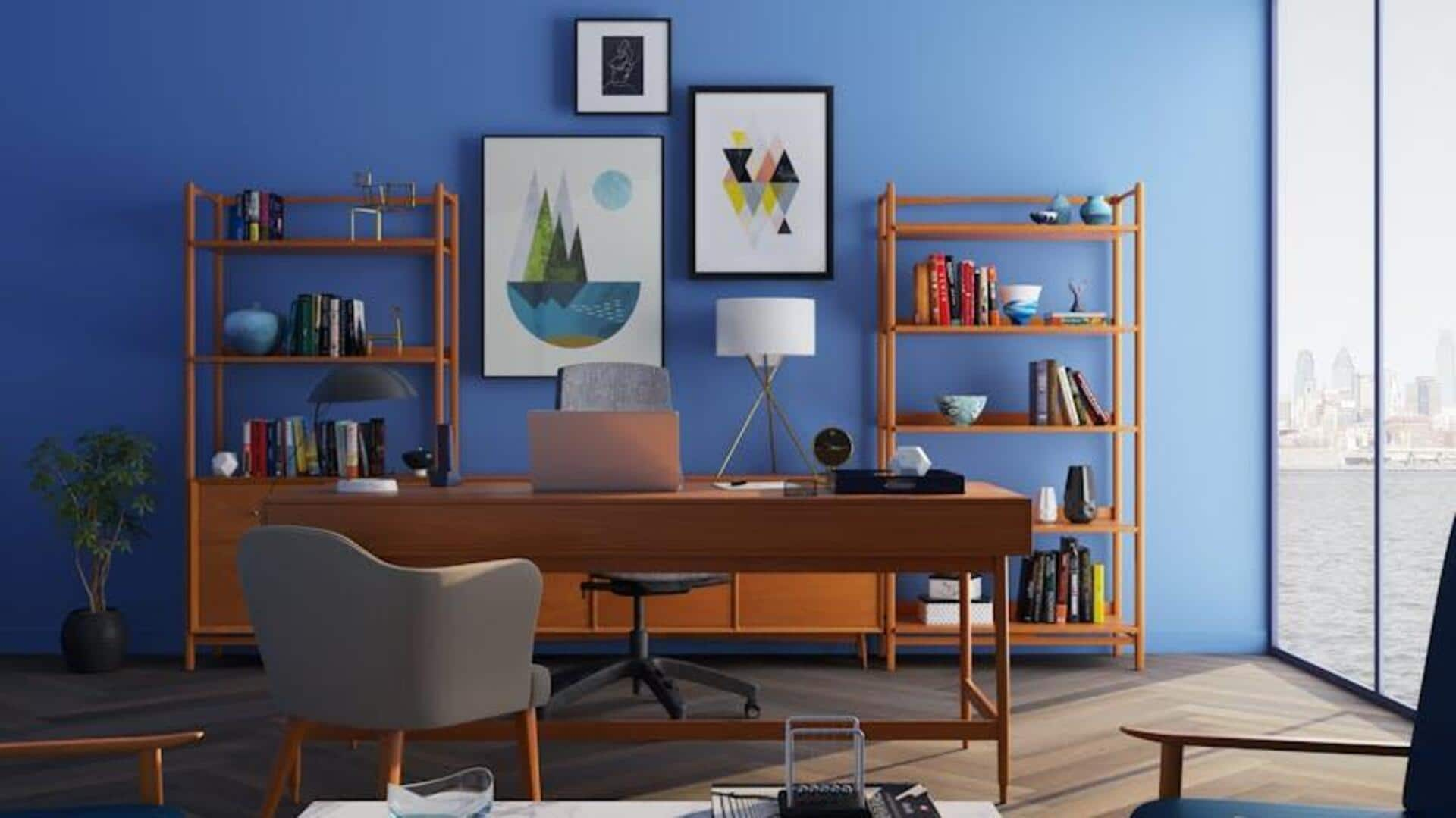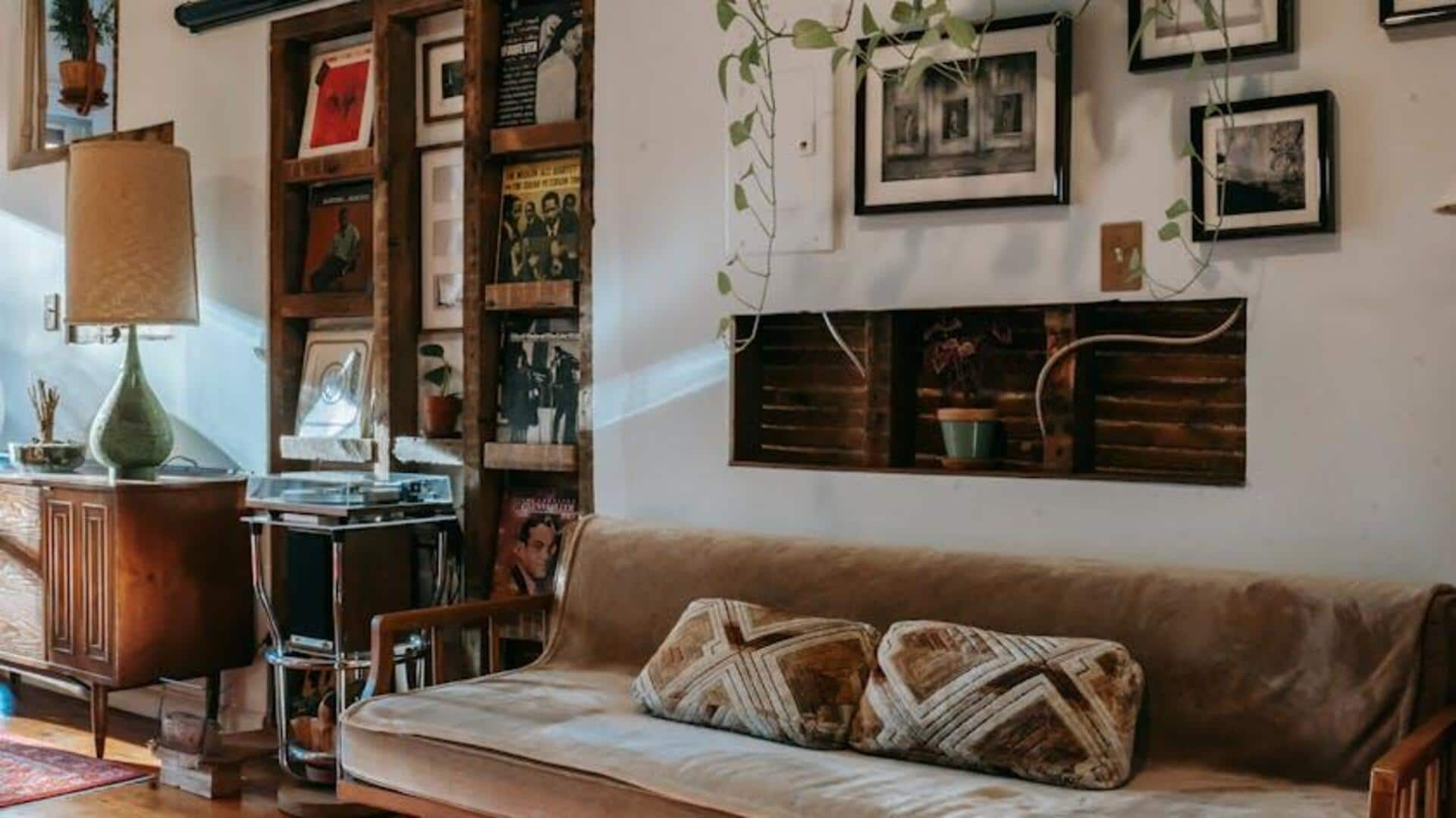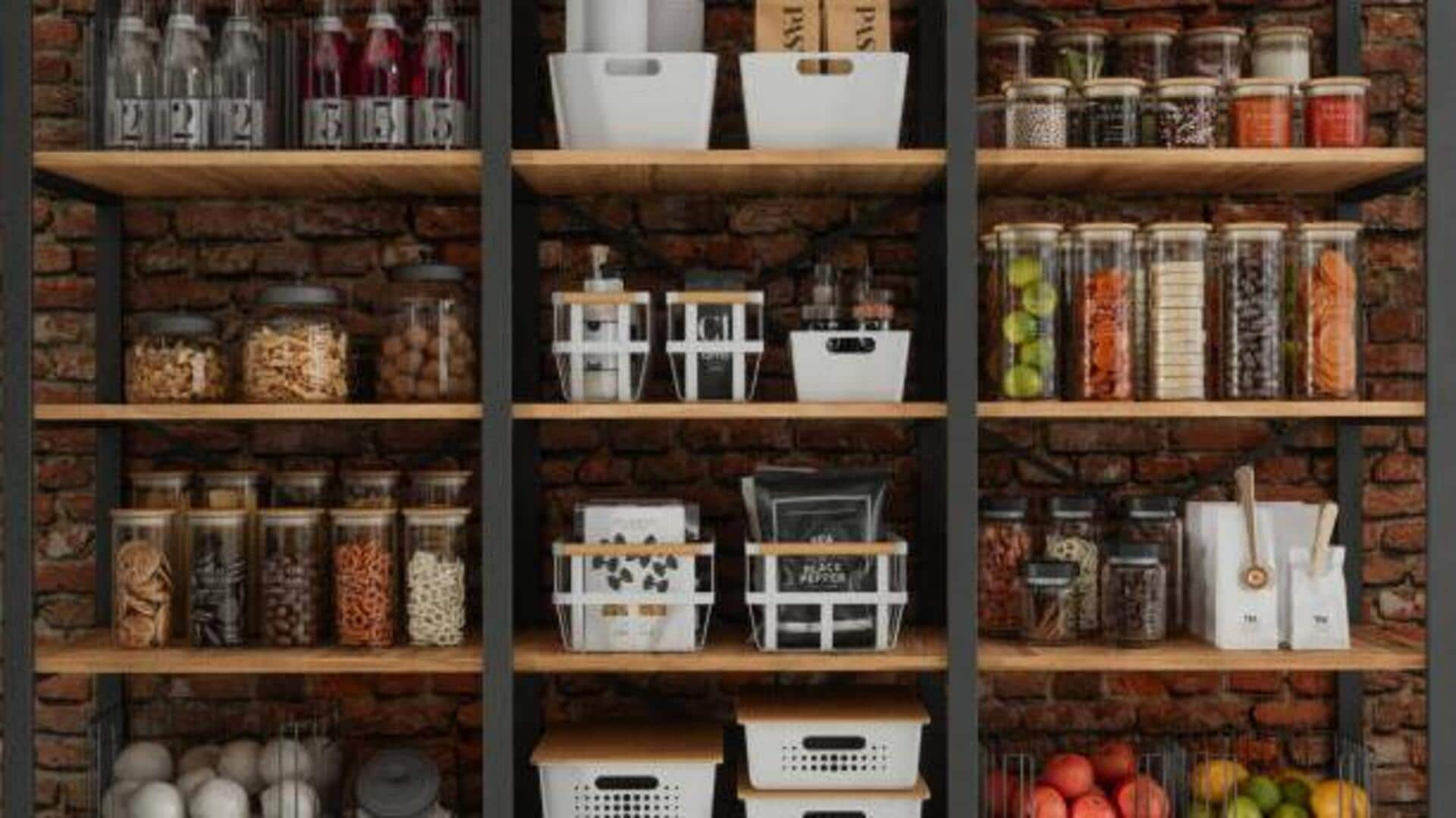Understanding the 90/90
The 90/90 rule is a straightforward decluttering technique designed to simplify the process. It involves asking yourself a simple question about each item
you own: "Have I used this item in the last 90 days, and do I foresee myself using it in the next 90 days?" If the answer to both questions is no, then the item is a prime candidate for removal from your home. This rule encourages a critical assessment of what you truly need and use, leading to a more organized living space. The goal is to determine what can be discarded, donated, or repurposed, ultimately leading to a cleaner and more manageable home environment before Diwali. This method helps in reducing clutter and creating a more peaceful atmosphere.
The Letting Go Process
Letting go can be the hardest part. Many people find it difficult to part with items due to sentimental value, potential future use, or simply the habit of accumulation. To combat this, try to approach the 90/90 rule methodically. Start by gathering all items of a similar type in one location, like clothes, books, or kitchen utensils. Then, go through each item, asking yourself the core questions. Be honest with yourself about the actual usage and future need. Consider the space each item occupies and the value it brings to your life. For items with sentimental value, create a designated memory box instead of keeping them all out. This reduces clutter while still preserving memories. Remember that the goal is to create a more functional and enjoyable space, freeing yourself from the burden of unnecessary possessions.
Tackling the Process
To successfully implement the 90/90 rule, begin by setting aside dedicated time. Dedicate a specific time, even if it is only for 15 to 30 minutes, to sort through items. Start with a manageable area, such as a drawer, a shelf, or a small closet, to avoid feeling overwhelmed. Once you have a defined area, go through each item methodically, applying the 90/90 questions. Be decisive and honest with yourself. Create separate piles for items to keep, donate, or discard. For items that are in good condition but you don't use, consider donating them to a local charity or organization. For those that are broken or unusable, dispose of them responsibly. After each session, ensure that you properly dispose of, donate, or relocate the items you have decided to remove. Regularly revisit and repeat the process throughout your home to maintain a clutter-free environment.
What To Do?
After assessing your belongings, there are several actions you can take. First, prioritize items that you plan to keep and make them easily accessible and organized. Consider the best ways to store them, such as using shelving units, storage containers, or labeled bins. For items you've decided to donate, find local organizations that accept donations, such as charities or community centers. Contact them to find out their drop-off procedures and accepted items. For items to be discarded, sort them according to your local recycling guidelines. Ensure you properly dispose of hazardous waste. Aim to find new homes for as many items as possible, helping to reduce waste and support your community. Proper disposal is just as important as the decluttering itself. The goal is to create a more organized and cleaner home by making informed decisions about each item.
Making It Easier
To make the decluttering process easier, consider several strategies. Start by setting realistic goals for each session. Don't try to declutter your entire house in one day. Break the task down into smaller, more manageable chunks to avoid feeling overwhelmed. Enlist the help of a friend or family member to provide objective feedback and support. Their perspective can be invaluable when making decisions about what to keep or discard. Listen to music or a podcast to make the task more enjoyable. Create a decluttering schedule and stick to it. Schedule regular sessions to prevent the buildup of clutter. Finally, remember that decluttering is an ongoing process, not a one-time event. Maintain a clutter-free home by implementing the 90/90 rule or similar methods on a regular basis. This helps you to enjoy a peaceful and functional living space.




